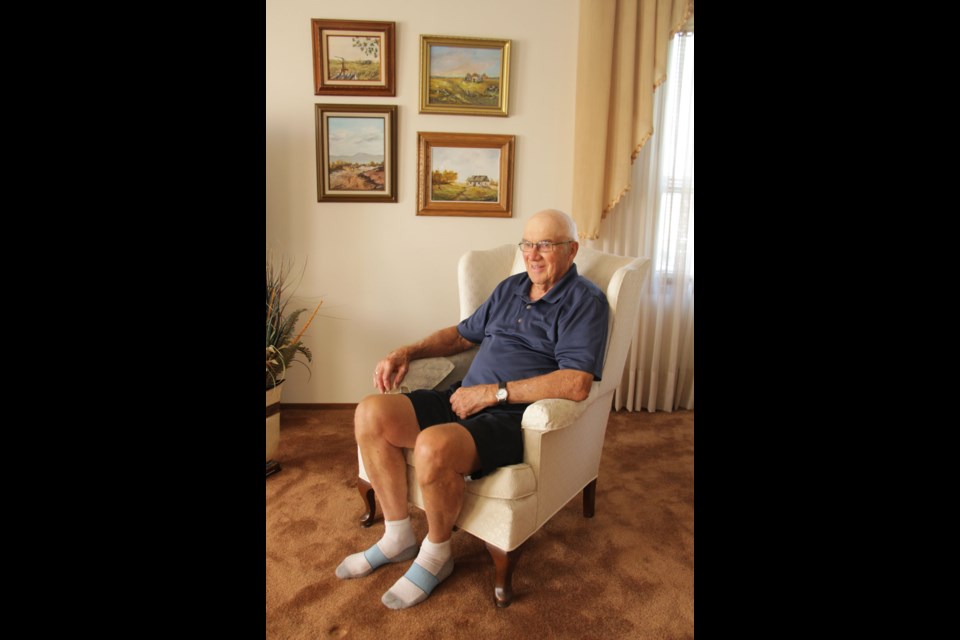Barry Whitta is inspired by what surrounds him. He said that he’s long had a keen interest in Saskatchewan landscapes, local wildlife, old farm buildings and antique vehicles left in the weeds and tall grass.
“Of course, our open skies and cloud formations along with changing landscape colors is inspiring.”
Inspired by the world around him, he said it helps him take a closer look at things that interest him and get the details right, and being a painter has been a great way for him to enjoy nature more.
“You’ve got to see things really to paint it.”
Whitta does most of his painting in the winter, and while he has sold some pieces, that’s not why he paints.
“I’m not in it for the money by any means. Just my enjoyment.”
While he started with oils, he said that the main problem with oils is speed, because he does things quickly and doesn’t like to slow down.
“I want to get things done in a hurry, I get an idea and I want to paint. But with oils you’ve got to take your time for it to dry otherwise you’re just making a bunch of mud. So then I got into acrylic.”
He likes the chance to get creative most of all, he said, and likes that with paint he can put whatever he likes on the canvas to make it work he enjoys.
As someone who does most of his painting in the winter, Whitta said that it can be an escape.
“It’s very relaxing. I often think when it’s forty below outside and the snow is blowing, when you’re painting a nice summer scene, it’s kind of nice.”
First and foremost, Whitta is interested in nature, and he said that’s something he has always had a keen interest in, and that’s reflected in his paintings.
“It’s in my blood, I guess. I remember when I was a kid at Indian Head, the principal, he was a real naturalist, and this pair of purple martins came to nest. It isn’t really in their flyway. He was pretty excited about this, and so was I.
“I don’t know how old I was, but I certainly wasn’t a carpenter and I slapped up something in a hurry. I erected it on an old, dried poplar limb attached to the fence. I noticed one evening he and his wife were parked out on the front street looking to see. It was a contest between he and I, who was going to get these purple martins, and they took to my nest!”
Watching the world Whitta said that he’s noticed that the birds in the region have changed, and nature in general has changed around it. His paintings can sometimes also reflect a world that has changed, as many depict buildings that are now gone or scenes that are now hard to find.



